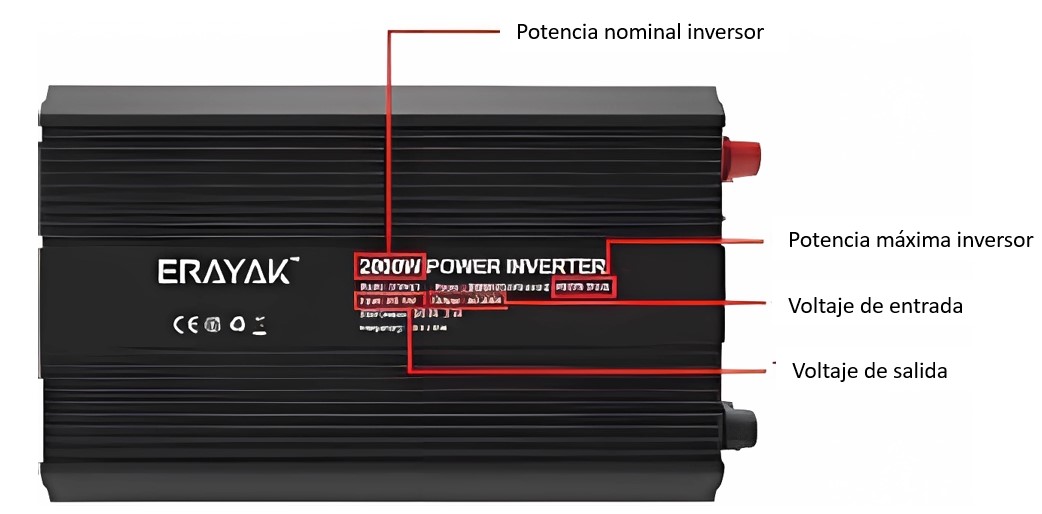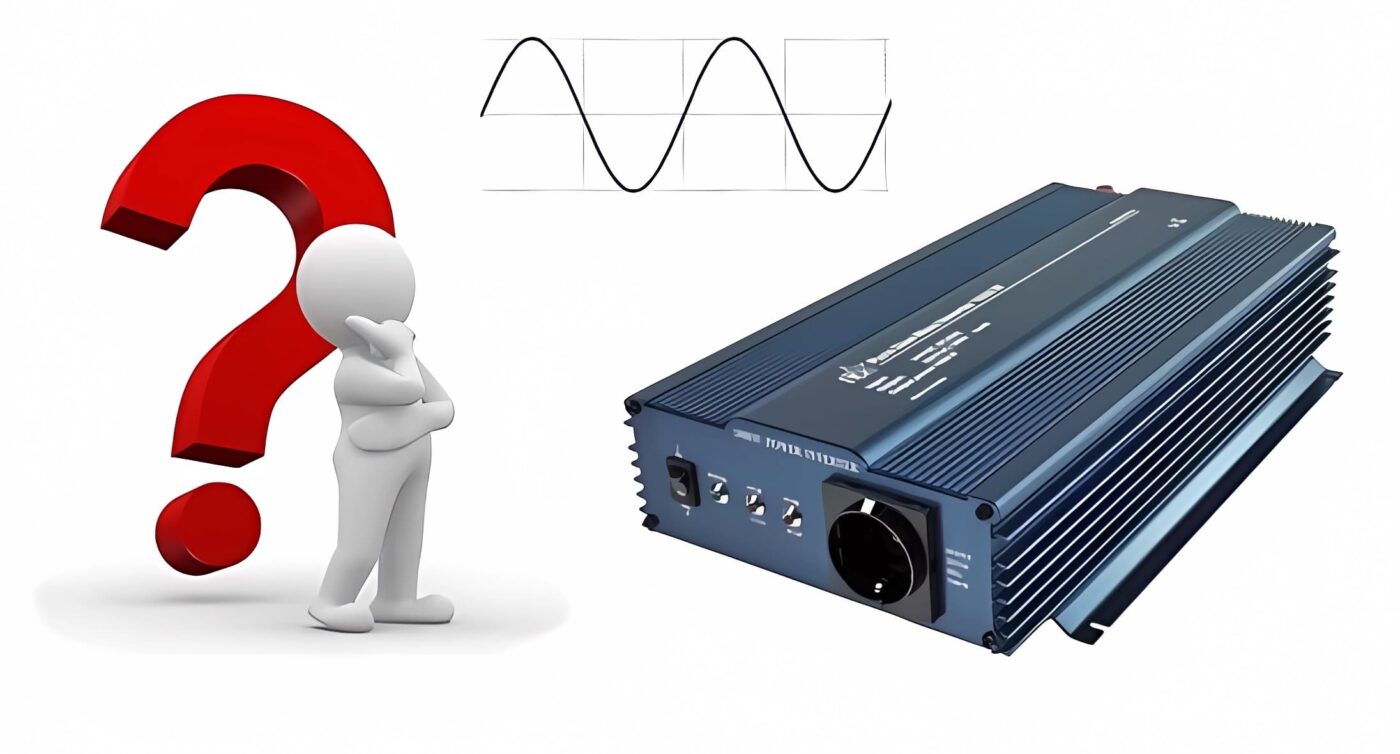Solar Energy
Nominal and maximum power of an inverter: Are they the same?
The power rating of the DC/AC inverter is one of the most important parameters to consider. This value determines the number of loads it can power. Regarding this, you are given two pieces of information: nominal and maximum power.
At this point, you might have some doubts. If you need a 1000 W inverter, and the store offers you one that says 750 W/1500 W maximum, will it serve your purpose?. Especially if you want to make a future-proof purchase that allows for future growth.
This is a common uncertainty, and we will clarify it for you below. Let’s get started!
But… what is the nominal power of the DC/AC inverter?

This is the first value that an inverter displays; for example, an indicative form could be 500 W / 1000 W maximum. In this case, the nominal power is 1000 W. The nomenclature in the image above is also used.
This is the amount of power that the inverter is capable of supplying continuously under normal operating conditions. It provides connected loads with a stable power value that allows them to operate safely.
Maximum power in the DC/AC inverter
It’s also referred to as the “Inverter peak power” and it’s provided as a secondary specification. Typically, it is twice the value of the first capacity they provide.
This refers to the overload power that the inverter can supply without overheating or deteriorating. It’s important to note that this power value can only be sustained for a short time, which could be several seconds.
This value is used during temporary spikes in high demand or when equipment starts up. An example of the latter includes motor-driven equipment like refrigerators, washing machines, among others.
When starting, a motor typically increases its current consumption to about 5 times its normal value. This happens because it needs to overcome the inertia of transitioning from a stationary state to a moving state.
Nominal power vs. maximum power: which value should i provide to the seller?
As you may have noticed, nominal power and maximum power are not the same and have significant differences in a DC/AC inverter. For practical purposes, you need the equipment to be capable of providing continuous power to energize your devices.
Therefore, you will require maximum power only for very brief moments and rarely. It is especially necessary when you have inductive loads (those with motors) or when multiple loads start simultaneously.
Hence, when purchasing a DC/AC inverter, you should refer to the nominal power. In other words, if your installer tells you that you need a 1000 W inverter, they are referring to the nominal power.
Additionally, we recommend checking out our post Example of selecting a DC/AC inverter by AC output voltage and power.
Furthermore, on the energydcac blog, you will find excellent content on this and other alternative energy topics. Visit us and see for yourself!
Sources of images
- energydcac.com
- mpptsolar.com


Pingback: The Solar Inverter: What You Need to Know Before Buying It. Part 3 - Energy DC/AC
Pingback: How to calculate the capacity of a pure sine wave DC/AC inverter - Energy DC/AC
Pingback: 5 Best Modified Sine Wave Inverters up to 1000 W on Amazon.com - Energy DC/AC
Pingback: Top 5 DC/AC inverters with modified wave from 3500 to 5000 W - Energy DC/AC